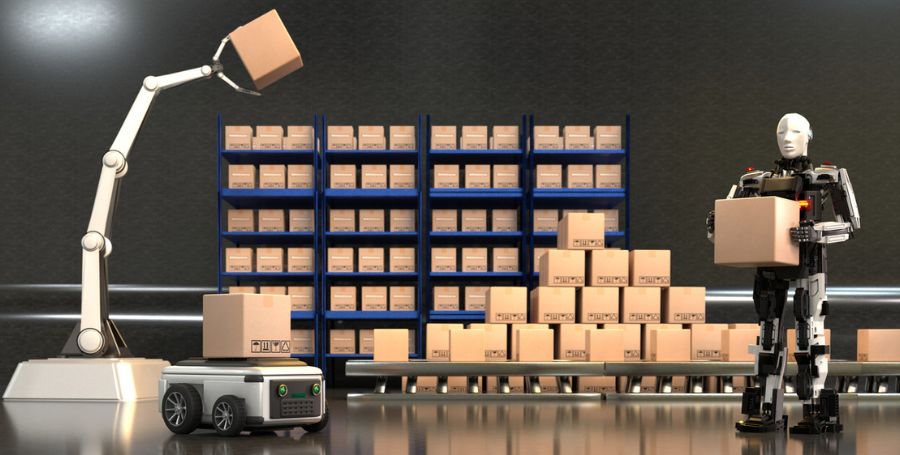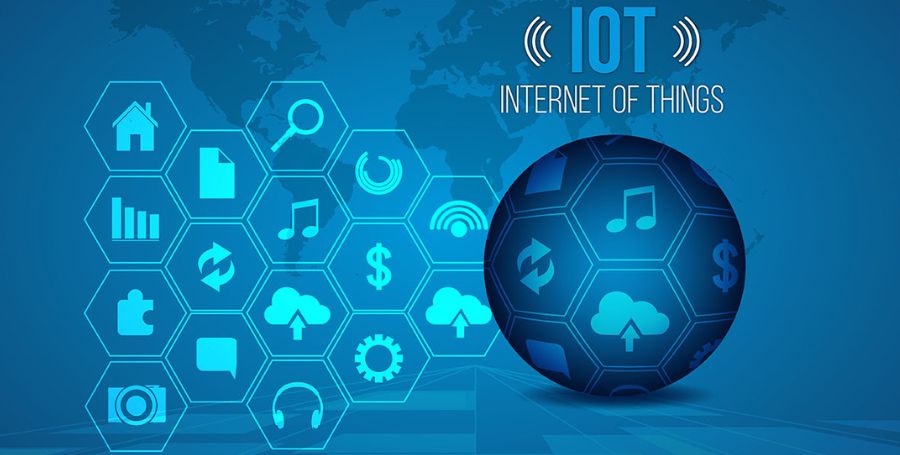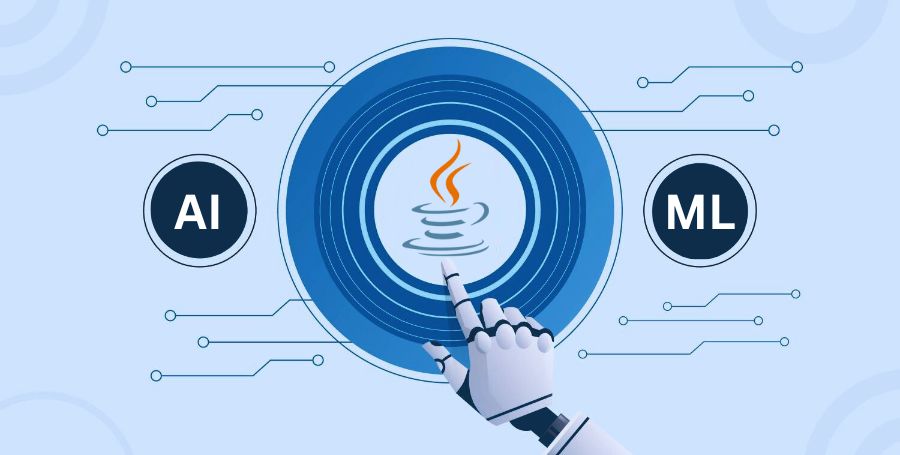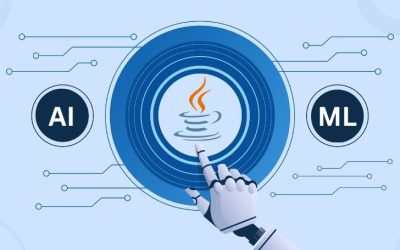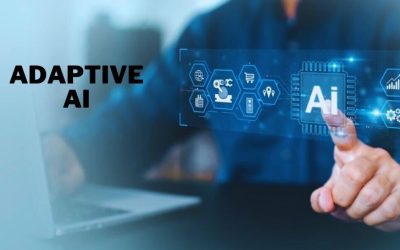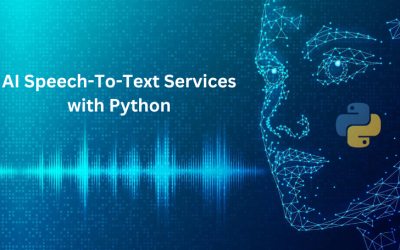Imagine that your business is like a well-oiled machine. Cognitive Dynamics resembles giving that machine a brain boost by utilizing smart innovations like AI and ML. We’re talking about making your business frameworks more and more skilled.
Let’s Take a Closer Look at Cognitive Dynamics
Cognitive Dynamics alludes to the capacity of frameworks to adjust, learn, and advance in light of information and interaction. In the context of CRM and ERP, include the use of artificial intelligence and ML calculations to sift through large amounts of information, isolate significant bits of knowledge, and predict future patterns. This powerful methodology permits associations to move past conventional static models and embrace a more responsive and proactive business system.
History of CDS
Cognitive Dynamics Systems (CDS), also known as cognitive or dynamics, has emerged as another unifying field of real frameworks that is strongly motivated by ideas drawn from neuroscience and the understanding of the human brain. Just like human brain calculation, CDS plans to progress and work on current unique actual frameworks with a sense of perception.
A unique framework works when equipped with five main cycles vital for human perception: the PAC, memory, consideration, insight, and language. When planned and carried out with the cycles referenced, a framework stores and gains from previous encounters to adjust its activity, working on its productivity, viability, and power.
How Can This Incorporation of Intelligent Systems Benefit Organizations?
Smarter Decisions
It assists organizations with pursuing better choices. Like having a super-smart assistant that glances at heaps of information and lets you know what’s happening, assisting you with settling on decisions that are bound to succeed.
Cheerful Clients
For organizations that arrange with clients a ton (like shops or online administrations), Cognitive Dynamics assists in sorting out what clients prefer and what they could need from now on. Offering clients what they need is a way for organizations to make them happier.
Effortless Operations
It resembles having a gem ball for tasks. For organizations that make things or sell items, it predicts the amount of something they need to make or have available. This forestalls issues and keeps everything moving along as planned.
Fixing Issues Before They’re an Issue
It assists organizations with witnessing issues before they. On the off chance that a problem might arise, cognitive dynamics can alert organizations ahead of time so they can fix it before it turns into a major headache.
Utilizing Assets Carefully
Imagine having a personal assistant who assists you with utilizing your time and cash carefully. In business terms, it helps sort out the most effective way to utilize your kin, materials, and cash so you take advantage of everything.
Remaining on Top of Things
It’s like being the hero of your industry. Organizations that utilize Cognitive Dynamics can remain one stride in front of the opposition by adjusting rapidly to changes on the lookout.
Making Cool New Stuff
For organizations that make things, it assists them with cool and novel thoughts. Organizations can design and offer new items or administrations by considering what’s famous and what individuals need.
Developing Without Pressure
As the business grows, things can become difficult. Cognitive Dynamics makes it more straightforward to deal with development by adjusting and gaining from the encounters, such as having a business coach who is likewise a tech virtuoso.
Who Can Benefit?
Any business can profit from this, whether you’re selling things, offering assistance, or making items. Like giving your business a superpower, it helps it run smoother, pursue better decisions, and find true success.
In simple terms, Cognitive Dynamics is about using modern technologies like AI and ML to make businesses smarter and more adaptable. Having a brilliant companion assists your business with settling on the most ideal choices and remaining on the ball.
Enhancing Customer Relationship Management
Customized Client Encounters
AI-driven retrospective examination empowers associations to discover client behaviors, inclinations, and patterns. CRM systems can anticipate customer needs and provide personalized recommendations by analyzing historical data, resulting in a more satisfying and engaging customer experience.
Lead Predictive Scoring
Customary lead-scoring strategies are often static and rule-based. Based on real-time data, Cognitive Dynamics in CRM uses machine learning algorithms to dynamically score leads, allowing sales teams to prioritize leads with the highest potential for conversion.
Churn Prediction and Anticipation
Cognitive CRM can predict churn risk by analyzing customer interactions and behaviors. Organizations can prevent customer attrition by recognizing early warning signs and taking proactive measures like targeted retention campaigns or personalized offers.
Upgrading Enterprise Resource Planning
Supply Chain Optimization
ML algorithms in ERP frameworks can break down supply chain data, anticipate request designs, improve stock levels, and upgrade by huge inventory network productivity. This prescient capacity assists associations with limiting expenses and further develops responsiveness to showcase requests.
Financial Forecasting
Cognitive Dynamics in ERP engages associations with accurate forecasting. AI algorithms can provide insights that aid in budgeting, resource allocation, and risk management by analyzing historical financial data, market trends, and external factors.
Employee Performance and Asset Assignment
AI-powered ERP systems can predict future productivity levels by analyzing employee performance data. This empowers associations to dispense assets, recognize training needs, and upgrade labor force management strategies.
The Transformative Impact of Predictive Analytics in CRM and ERP
Data-Driven Decision-Making
Predictive analytics allows organizations to move forward with information-based choices, reducing reliance on instinct and mystery. As a result, resource planning and customer management strategies become more informed and efficient.
Further Developed Productivity and Cost Reserve Funds
By foreseeing future patterns and results, organizations can improve their cycles, assign assets all the more effectively, and lessen superfluous expenses. Increased profitability and overall cost savings are brought about by this efficiency.
Enhanced Competitiveness
Organizations that influence predictive analysis in both Microsoft Dynamics CRM Development and ERP Development gain the upper hand. They can adjust rapidly to advertise changes, answer client needs continuously, and enhance their activities for supported achievement.
Top 7 Trends in Cognitive Dynamics That Everyone Should Watch Out
Specifically, the following are six top patterns in mental elements that organizations should look for:
Becomes the First Choice for Start-Ups Too
Its capacities, driven by AI and ML, engage new businesses to go with information-driven choices, upgrade client encounters, and enhance activities.
Explainable AI (XAI)
Developing accentuation on making AI frameworks more straightforward and reasonable, tending to worries about the haziness of dynamic cycles.
Making Decisions Automatically
Enabling HR to be involved in core functions by expanding the reliance on AI-driven frameworks for continuous independent direction.
Natural Language Processing (NLP) Integration
Proceeded with coordination of NLP into frameworks, permitting clients to collaborate with artificial intelligence stages utilizing regular language and upgrading correspondence.
Nonstop Learning Models
Move towards simulated intelligence models that are dynamic, consistently learning, and can adapt and work continuously when new information is incorporated.
Edge Computing for Real-Time
Edge Computing’s use for faster and continuous data handling is particularly crucial for applications that require instant reactions.
Moral AI Practices
Raised awareness of ethical AI practices, addressed privacy and bias issues, and ensured that AI decisions were fair.
Conclusion
Cognitive Dynamics is quickly becoming the first choice for startups in the ever-evolving technology landscape. Startups can make decisions based on data, enhance customer experiences, and optimize operations thanks to its adaptive capabilities, powered by AI and machine learning. The agility and effectiveness offered by cognitive dynamics position new companies to explore vulnerabilities, grow faster, and excel in their specific ventures. Subsequently, cognitive adoption becomes a fundamental imperative for new companies meant to thrive in a high-speed and cutthroat business environment.
In short, incorporating AI and ML into CRM and ERP gives businesses the ability to run their operations smarter, more informed, and more responsive, contributing to their continued success in a dynamic business environment. Future trends in cognitive dynamics will influence how businesses use AI and machine learning for predictive analytics in CRM and ERP, resulting in operations that are more intelligent, responsive, and effective.

